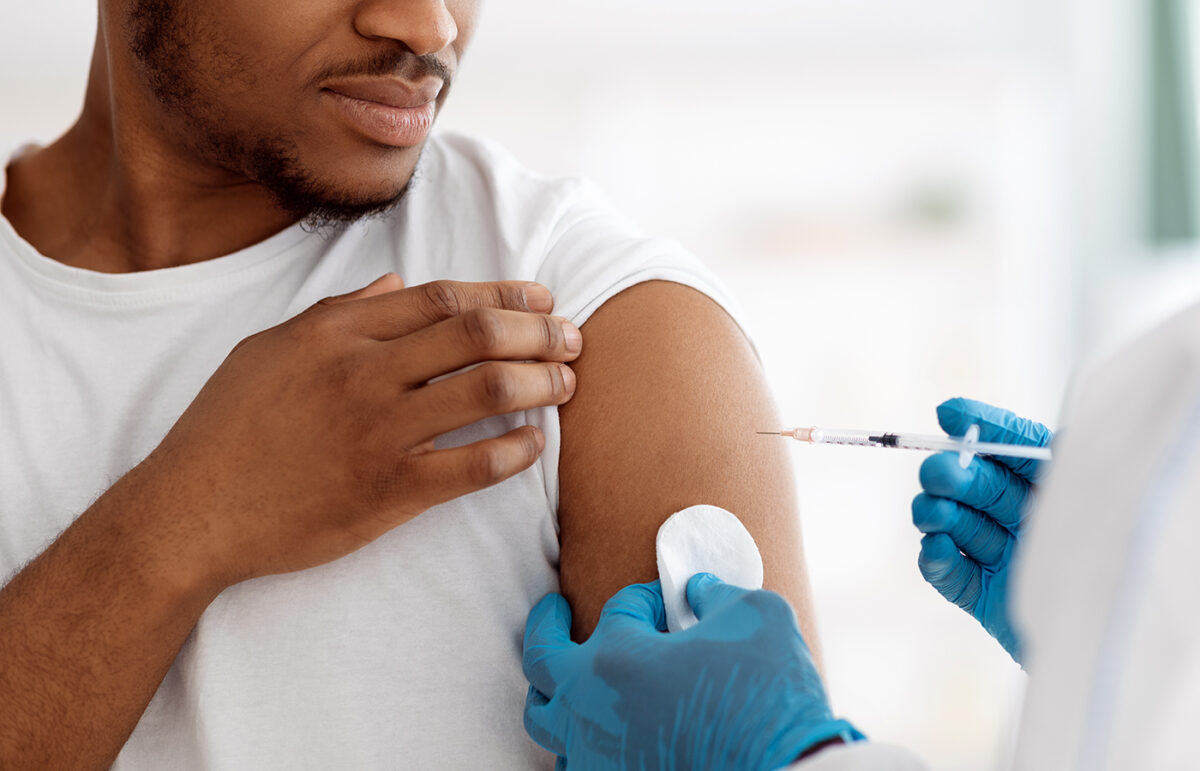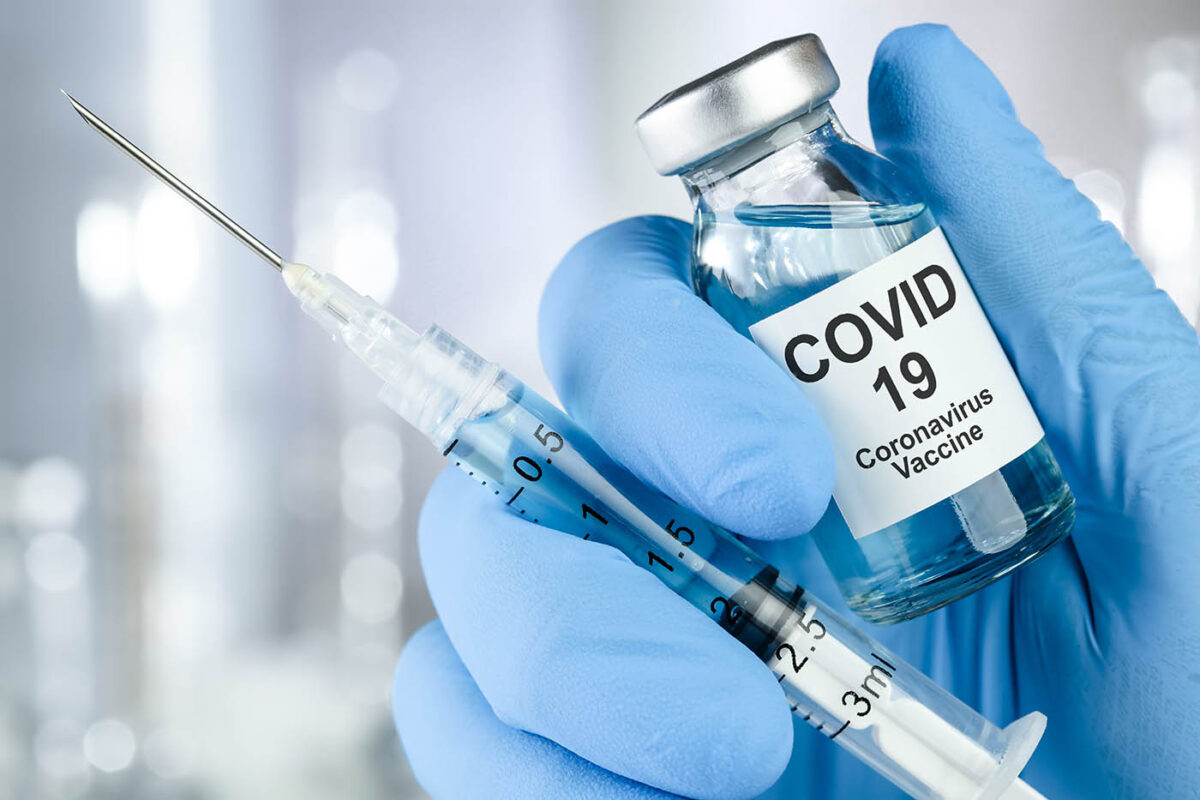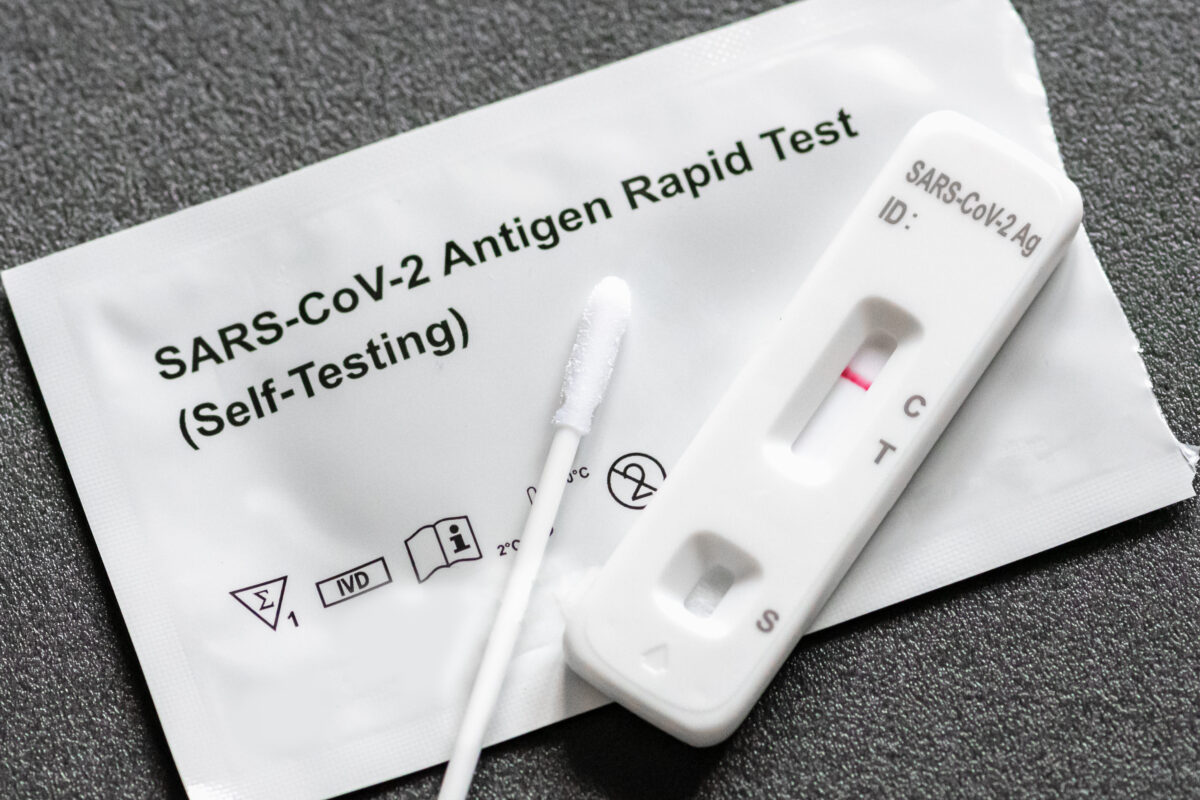
In this installment in our series explaining key terms and phrases used by public health officials in discussions of the COVID-19 pandemic, we look at the term “doubling rate.”
In a recent blog post, we discussed the term reproduction number, defined as the average number of additional cases that a person with an infectious disease like COVID-19 causes during the period he or she is infected. Another term that public health officials use to evaluate infectious disease spread is the “doubling rate,” which is the focus of today’s post.
As its name implies, the doubling rate represents the number of days it takes for the number of COVID-19 cases to double, an indicator of how quickly cases are increasing. The doubling rate can also be applied to assess the trajectory of hospitalizations and deaths related to COVID-19, providing key information on whether a region is slowing the spread of the disease. The longer the doubling rate, the slower the disease spread and the flatter the curve becomes. Conversely, a shorter doubling rate indicates the disease is spreading more quickly.
Some new research has retrospectively assessed the doubling rate of COVID-19 early in the pandemic in China, where the initial outbreak began. In a pre-publication research letter, a group of researchers looked at variations in the doubling rate of COVID-19 in different Chinese provinces. The researchers found that doubling rates between Jan. 20 and Feb. 9 varied by province, ranging from 1.4 days in Hunan Province to 3.1 days in Xinjiang Province. In Hubei Province, where Wuhan, the original epicenter of China’s outbreak, is located, the doubling rate during the same period was 2.5 days.
See more definitions of terms and other information about the pandemic on our COVID-19 in Arkansas page.






